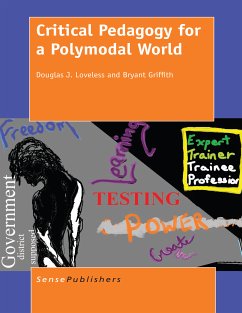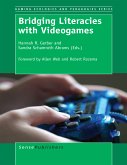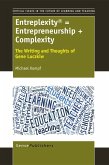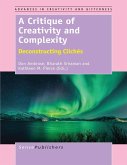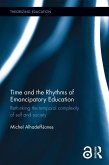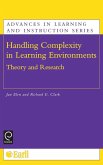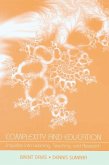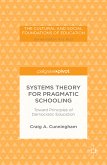This book explores the complexity of communication and understanding as a possible asset in formal education rather than a problem that needs to be "fixed". The authors examine the question and experience as pedagogical tools, challenging readers to play the critic and ask hard questions, beginning with: Why do the ideas discussed within the book matter? The digital information age with expanding ways of thinking, being, communicating, and learning complicates public education. So, what happens as diverse narratives collide in schools? To answer this question, the authors of this book delve into conflicting assumptions within the framework of complexity sciences and education in an attempt to explore space beyond positivist/anti-positivist debates. This involves examining the role of cultural and aesthetic narratives and cautionary tales as means of acknowledging possibilities in human experiences in education. These possibilities can facilitate praxis, as theory, research, and teaching become reflective practices, and as thinking about education broadens to include diverse methods of understanding and presenting complex phenomena.
Dieser Download kann aus rechtlichen Gründen nur mit Rechnungsadresse in A, B, BG, CY, CZ, D, DK, EW, E, FIN, F, GR, HR, H, IRL, I, LT, L, LR, M, NL, PL, P, R, S, SLO, SK ausgeliefert werden.

